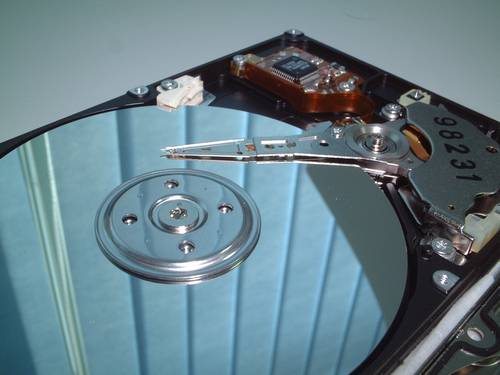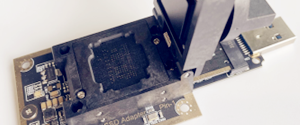Parking of RW Head
The RW head is the key component that performs the reading and writing functions. It is placed on a slider which is in term connected to an actuator arm which allow the RW head to access various parts of the platter during data IO functions by sliding across the spinning platter.
The sliding motion is derived by passing a current through the coil which is part of the actuator-assembly. As the coil is placed between two magnets, the forward or backward sliding motion is hence derived by simple current reversal. This location of the platter (just like the landmark along the road) is identified and made possible by the embedded servo code written on the platter.
As the head writes data onto the disk, it changes its magnetic polarization to induce either a one or zero value. During a read request, data is interpreted when the magnetic fields on the platter brings about an electrical change (as a result of change in electrical resistance of some special material property) in the read-head that passes over it. These electrical fields are then encoded and transmitted to the CPU to be processed and read by the system.
When the computer is switched off, the head is usually pulled to a safe parking zone to prevent the head from scratching against the data zone on platter when the air bearing subsides. This process is called a parking and different techniques have been implemented in various hard disks to handle the take offs and landings. In a Ramp load/unload design, a lifting mechanism parks the head outside of the platter onto a “parking bay” prior to a shutdown. It then automatically unparks and relocates itself above the disk platter when the platter spins up to appropriate rotational speed.
When the platters are not spinning, the heads rest on the surface of the disk. When the platters spin up, the heads rub along the surface of the platters until sufficient speed is gained for them to “lift off” and float on their cushion of air. When the drive is spun down, the process is repeated in reverse. In each case, for a period of time the heads make contact with the surface of the disk–while in motion, in fact.
While the platters and heads are designed with the knowledge in mind that this contact will occur, it still makes sense to avoid having this happen over an area of disk where there is data! For this reason, most disks set aside a special track that is designated to be where the heads will be placed for takeoffs and landings. Appropriately, this area is called the landing zone, and no data is placed there. The process of moving the heads to this designated area is called head parking.
Most early hard drives that used stepper motors did not automatically park the heads of the drive. As a safety precaution, small utilities were written that the user would run before shutting down the PC. The utility would instruct the disk to move the heads to the landing zone, and then the PC could be shut off safely. A parameter in the BIOS setup for the hard disk told the system which track was the landing zone for the particular model of hard disk. Usually, it was the next consecutive-numbered track above the largest-numbered one actually used for data.
Modern voice-coil actuated hard disk drives are all auto-parking. On some disks, a weak spring is attached to the head assembly that tries to pull the heads to the landing zone. When power is applied the actuator is able to overpower the spring and position the heads normally. When the power is shut off, the electromagnetic force from the voice coil abates, and the spring yanks the heads to the landing zone before the platters can spin down; this can sometimes be heard on older drives as an audible clunk when you turn the power off. Other disks use a different mechanical or electronic scheme to achieve the same goal. Some even make use of the rotational energy remaining in the spindle motor to move the heads off the data surface when the power is cut off! This means that modern hard disks will automatically park their heads–even in the event of a power failure–and no utilities are required. The BIOS landing zone parameter for modern drives is ignored.
Some people still think that it is necessary to manually park the heads of modern hard disks, but this is not true. I sometimes think of head parking utilities as the disk drive’s equivalent of a screen saver. In both cases, the software was invented as a preventative measure, and one that made sense for use with the technology that prevailed at the time it was thought up. And in both cases, the technology has evolved to the point where utility is no longer necessary, yet many people still think it is.
IBM has developed an alternative to conventional head parking that I think is really a great idea. Instead of letting the heads fall down to the surface of the disk when the disk’s motor is stopped, the heads are lifted completely off the surface of the disk while the drive is still spinning, using a special ramp. Only then are the disks allowed to spin down. When the power is reapplied to the spindle motor, the process is reversed: the disks spin up, and once they are going fast enough to let the heads fly without contacting the disk surface, the heads are moved off the “ramp” and back onto the surface of the platters. IBM calls this load/unload technology. In theory it should improve the reliability of the hard disk as a whole, by eliminating most contact between the heads and platters entirely. I am unaware of any other drive manufacturers using it at this time.
Data recovery Salon welcomes your comments and share with us your ideas, suggestions and experience. Data recovery salon is dedicated in sharing the most useful data recovery information with our users and only if you are good at data recovery or related knowledge, please kindly drop us an email and we will publish your article here. We need to make data recovery Salon to be the most professional and free data recovery E-book online.
World’s Top Data Recovery Hardware Tools
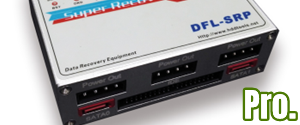
Easy to use at good price
Recover SATA, IDE, External HDDs, NVME SSDs, etc Order Now here
POTABLE DEVICE & NVME SSD RECOVERY TOOL
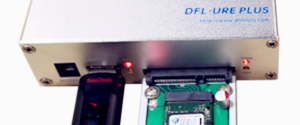
Recover USB Device and NVME SSDs at high speed! Read Details here.
DFL-PCIE DATA RECOVERY RECHARGE
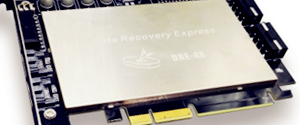
Best data recovery hardware tool to start a data recovery business, read details here
RECOVER SCRATCHED HDDS

Recover lost data from scratched hard drives, read details here.
SURFACE PRO. RECOVERY
BEST HEAD REPLACEMENT TOOLS
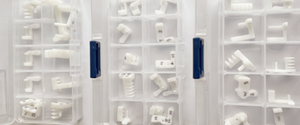
The most cost-effective head replacement tools for Seagate, WD, Samsung, Hitachi, Toshiba, Fujitsu

